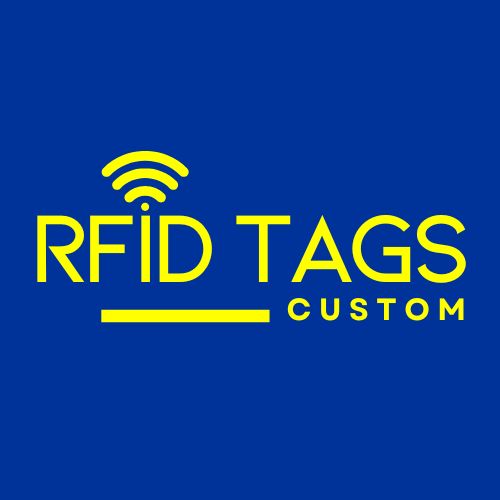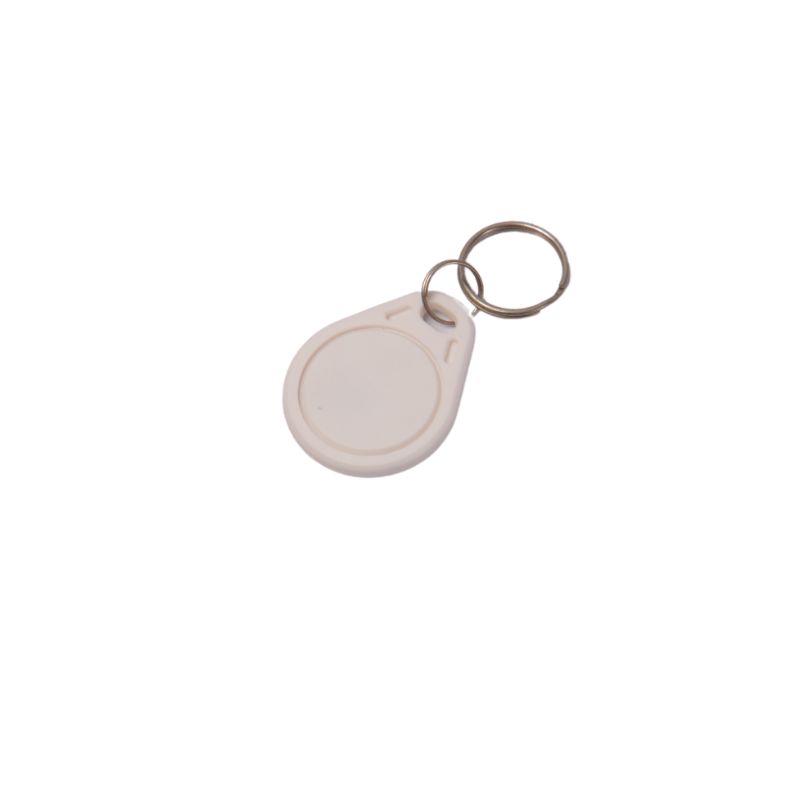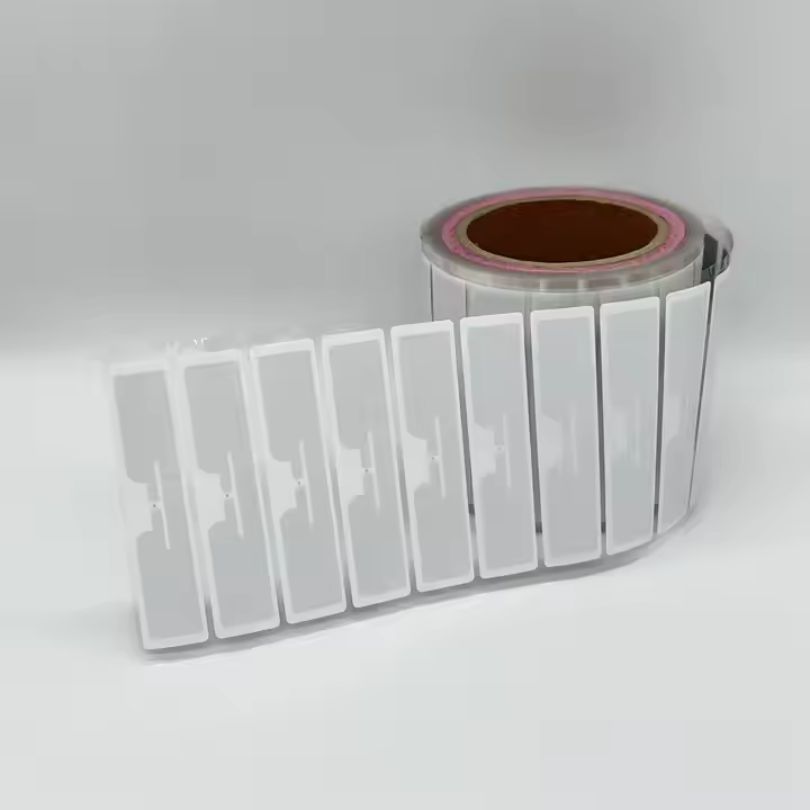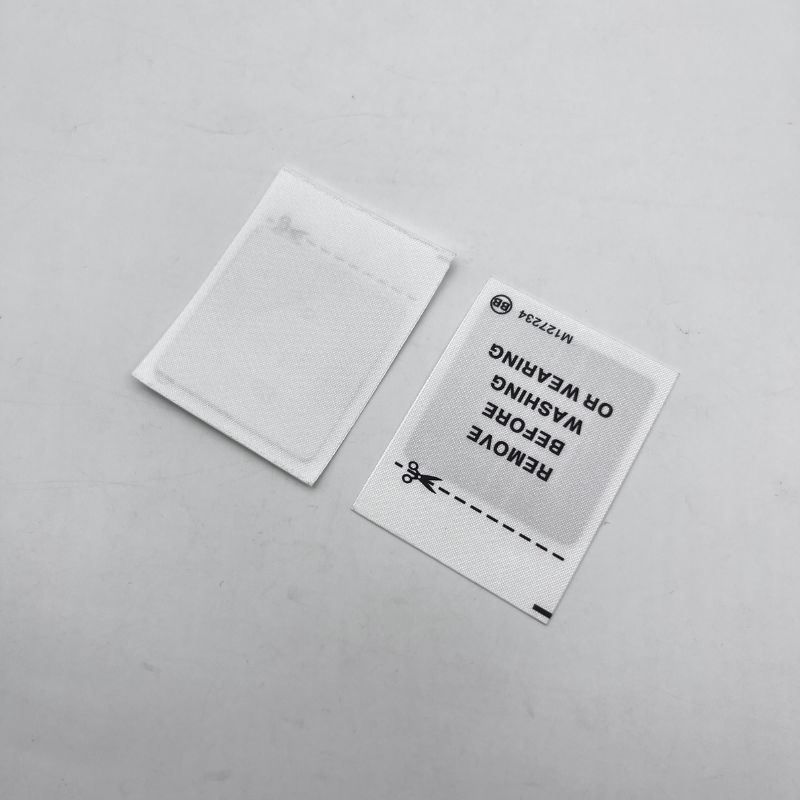
Factory Price UHF RFID Logistics Tracking Tag for Warehouse
UHF RFID Logistics Tracking Tags – Factory-Direct Pricing for Smarter Warehouse Management
Managing high-volume inventory demands precision. Our UHF RFID Logistics Tracking Tags offer a scalable, affordable solution for real-time inventory control and asset visibility. Designed for harsh warehouse environments, these passive RFID tags eliminate manual errors, streamline workflows, and fully integrate your RFID infrastructure—at factory-direct prices.
Why RFID Logistics Tracking Is Essential for Warehouse Efficiency
Upgrading from barcodes to warehouse tracking tags give your warehouse the automation edge. With RFID, you no longer need line-of-sight scanning or manual entry—tags are read instantly and remotely, reducing delays and inventory mistakes.
Key reasons to use RFID for logistics tracking:
- Real-Time Inventory Updates – Instantly track the location and quantity of goods.
- Faster Throughput – Eliminate barcode scanning and speed up receiving, picking, and shipping.
- Reduced Human Error – No more missed scans or data entry mistakes.
- Cost Savings – Cut labor and shrinkage costs with automation and loss prevention.
- System Integration – Seamlessly connects with your existing WMS or ERP software.
Benefits of UHF RFID Technology in Warehouse Tracking
Our RFID logistics tags are built on UHF (Ultra High Frequency), which outperforms other RFID types in logistics environments due to long-range readability and durability.
Benefits of UHF RFID for logistics tracking:
- Read Range Up to 10 Meters – Track assets without line-of-sight or close contact.
- Durable Construction – Waterproof, dustproof, shock-resistant—ideal for rugged use.
- High-Speed Bulk Reading – Scan multiple tagged items at once for faster operations.
- Customizable Options – Available in multiple materials and sizes to suit any application.
- Affordable at Scale – With factory-direct pricing, you get enterprise-level RFID at a fraction of the cost.
Technical Specifications – RFID Logistics Tracking Tag
| Feature | Specification |
| Frequency Range | 860–960 MHz (UHF RFID) |
| Tag Type | Passive RFID |
| Read Range | Up to 10 meters (Reader/environment dependent) |
| Tag Material | Durable plastic or metal (weather- and impact-resistant) |
| Dimensions | Compact standard; custom sizes available |
| Operating Temperature | -40°C to +85°C |
| Durability | Waterproof, dustproof, shock-resistant |
| Applications | Inventory management, asset tracking, pallet/container monitoring |
| Compatibility | EPC Gen2 / ISO 18000-6C; compatible with most RFID readers |
FAQ
How far can the RFID tags be read?
Up to 9 meters in optimal warehouse environments using UHF RFID readers.
Are these tags reusable?
Yes. Depending on application, many tags are durable enough for multi-use tracking.
Can the tags be used on metal surfaces?
Yes, we offer metal-mount compatible tags for warehouse equipment and racks.
Are these tags compatible with existing warehouse systems?
Yes, they are EPC Gen2 compliant and integrate with standard RFID middleware and WMS platforms.
Is there a minimum order quantity (MOQ)?
MOQ varies based on customization; factory pricing is available for bulk orders.
Ready to Optimize Your Warehouse with RFID Logistics Tracking?
Our UHF RFID Logistics Tracking tags are your solution for reducing labor costs, eliminating inventory errors, and increasing throughput.
📞 Contact us now or 💬 WhatsApp Chat for a free quote or technical consultation.
📩 Get bulk pricing or request custom tag samples today.
Get Your Custom RFID Tags
As a leading custom RFID tag manufacturer, we craft solutions based on the unique needs of your operation. We offer a wide range of customization options, including material, size, frequency, encoding, and read distance, ensuring each RFID Tag is perfectly customized to your requirements. No matter what application you use RFID tags for, we can provide rugged, reliable RFID tags that meet the highest quality and durability standards. Here are the main ways we customize RFID tags to fit your needs.

Material Selection
Material is key for customizing RFID tags. Plastic works in harsh conditions, while softer materials suit delicate spaces. Different materials also affect signal performance. Pick what fits your use case to ensure your tags last and work reliably.

Customized Size
Size shapes usability. Small tags fit tight spaces or tiny items, while larger tags are easily read. In crowded areas, sleek tags prevent clashes. Align shape and dimension with your goods for visibility, convenience, and performance.

Frequency Requirements
Choose LF, HF, or UHF based on read range, speed, and interference. LF and HF resist metals and liquids but have shorter ranges. UHF offers an extended range yet may face signal blocks. Match frequency to your environment for reliable performance.

Reading Distance
Define the distance at which you have to read the tag. Short distances work for retail checkouts, while warehouses may need meters of coverage. Antenna design, reader settings, and power outputs affect range.Adjust these factors to capture data accurately at the distance you need.

Encode
Plan how data is stored on each tag. Some only hold an ID, while others contain detailed info. Decide if you need a simple EPC or added user memory. Ensure your chosen format works with existing software. Proper encoding streamlines processes and slashes errors.

Application Environment
Consider real-world conditions. Temperature swings, humidity, and chemicals can degrade tags. For outdoor use, opt for UV-resistant casings. In healthcare or food settings, ensure compliance with safety rules. Matching your tags to the environment maximizes their lifespan.
Related Products
Customize any RFID tags from our factory to meet your requirements.



